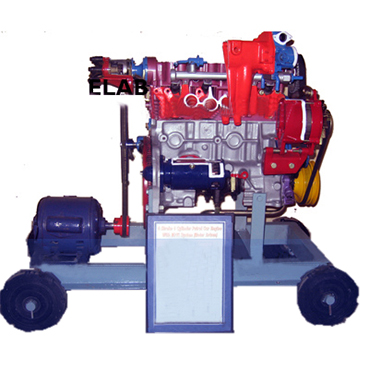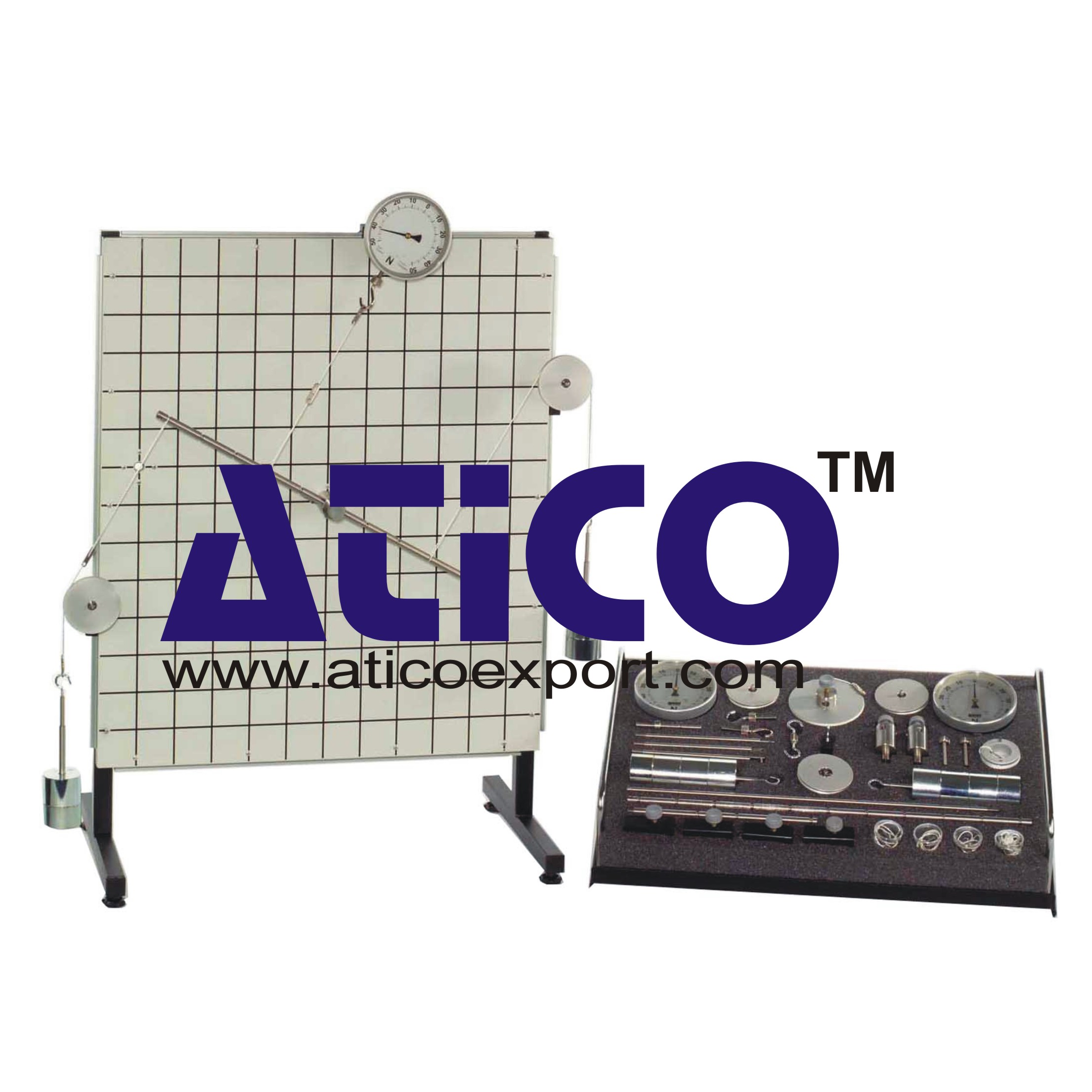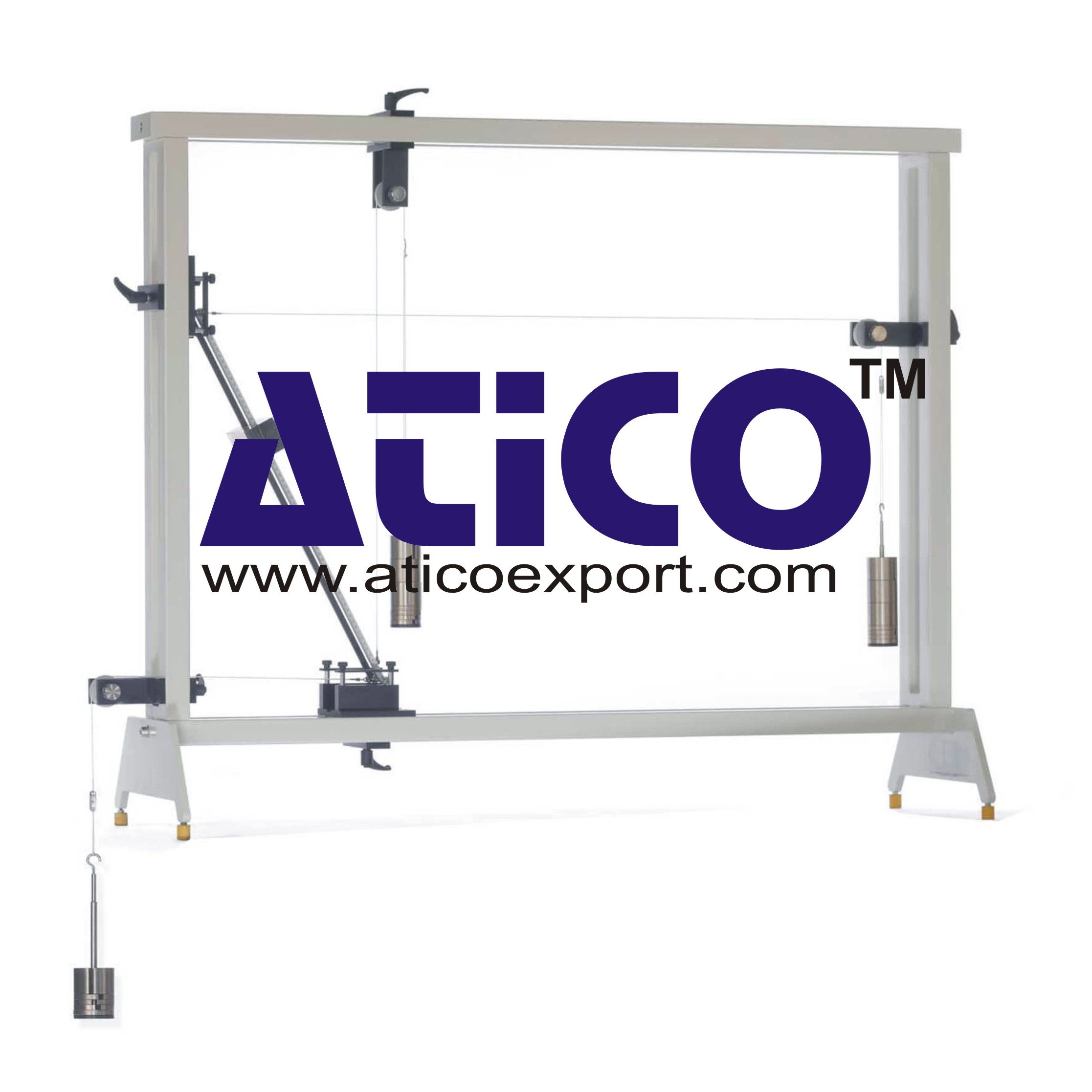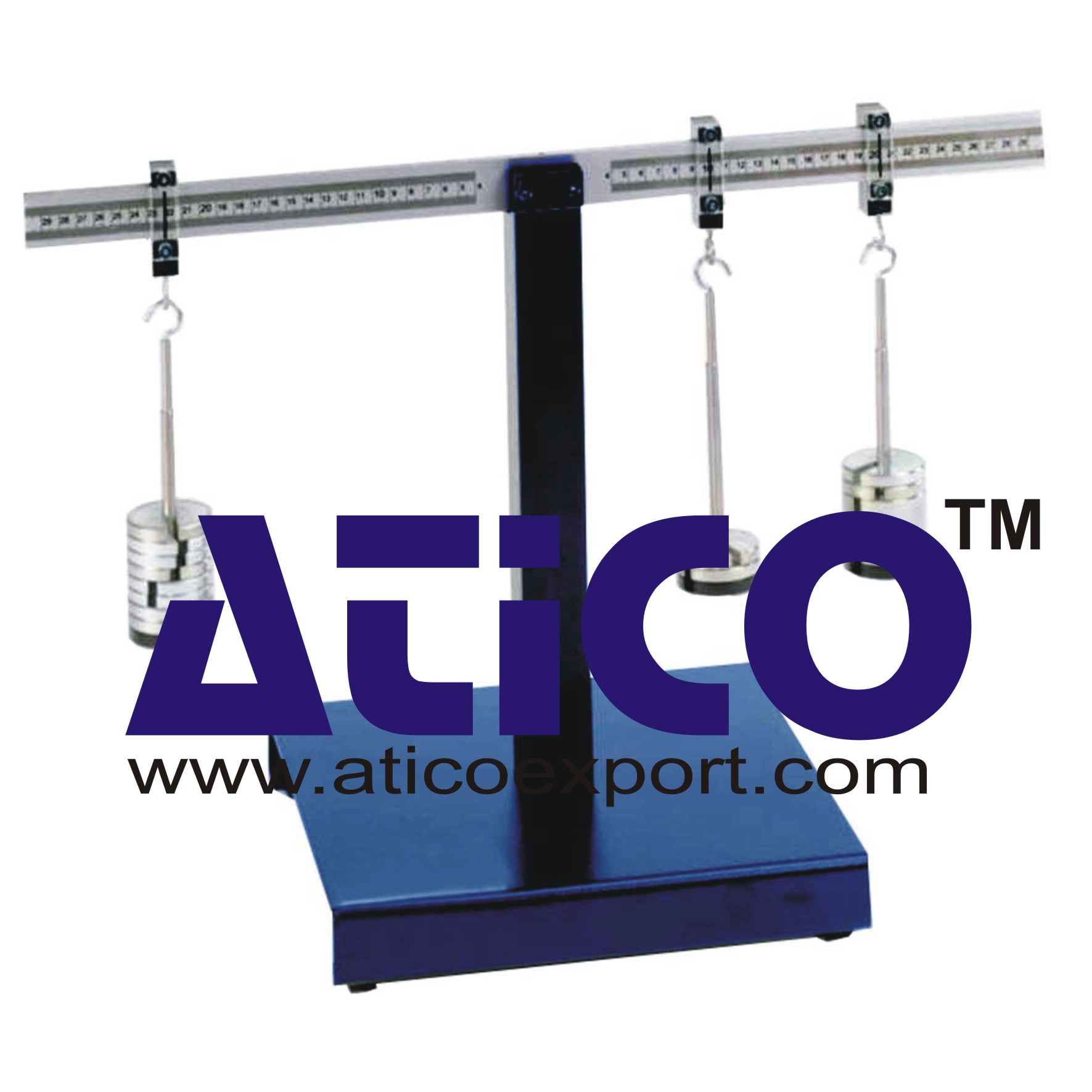Experiments With a Centrifugal Pump
Categories: Engineering Lab EquipmentCentrifugal pumps are turbomachines which are used to transport fluids. The rotation of the pump impeller generates centrifugal forces. These forces are used to deliver the water.The experimental unit...
Product
Description
Centrifugal pumps are turbomachines which are used to transport fluids. The rotation of the pump impeller generates centrifugal forces. These forces are used to deliver the water.
The experimental unit provides the basic experiments to get to know the operating behaviour and the important characteristic variables of centrifugal pumps.
It features a closed water circuit with water tank and a centrifugal pump with variable speed via frequency converter. The pump housing is transparent. This enables to observe the pump impeller in operation and the occurrence of cavitation. Valves in the inlet and outlet of the pump allow the setting of different pressure conditions.
Learning Objectives/Experiments
Principle of operation of a centrifugal pump
Recording of pump characteristics
Effect of speed on head
Effect of speed on flow rate
Determination of pump efficiency
Cavitation effects
Effect of incorrect direction of rotation
Specification
Functioning and operating behaviour of a centrifugal pump
Closed water circuit contains centrifugal pump with drive motor and a transparent water tank
Transparent housing for observing the pump impeller
Variable speed via frequency converter
Adjustment of pressure conditions at inlet and outlet side of the pump by valves
Sensors for pressure at inlet and outlet side of the pump, temperature and flow rate
Due to integrated microprocessor-based instrumentation no additional devices with error-prone wiring are required
Display and evaluation of the measured values as well as operation of the unit via software
Technical data
Centrifugal pump with drive motor
power consumption: 370W
speed: 0…3000min-1
max. flow rate: approx. 40L/min
max. head: approx. 10m
Water tank: approx. 15L
Measuring ranges
pressure (inlet): ±1bar
pressure (outlet): 0…5bar
flow rate: 3,5…50L/min
temperature: 0…130°C
230V, 50Hz, 1 phase
230V, 60Hz, 1 phase; 120V, 60Hz, 1 phase
quick overview :
Centrifugal pumps are turbomachines which are used to transport fluids. The rotation of the pump impeller generates centrifugal forces. These forces are used to deliver the water.
The experimental unit provides the basic experiments to get to know the operating behaviour and the important characteristic variables of centrifugal pumps.
It features a closed water circuit with water tank and a centrifugal pump with variable speed via frequency converter. The pump housing is transparent. This enables to observe the pump impeller in operation and the occurrence of cavitation. Valves in the inlet and outlet of the pump allow the setting of different pressure conditions.
Learning Objectives/Experiments
Principle of operation of a centrifugal pump
Recording of pump characteristics
Effect of speed on head
Effect of speed on flow rate
Determination of pump efficiency
Cavitation effects
Effect of incorrect direction of rotation
Specification
Functioning and operating behaviour of a centrifugal pump
Closed water circuit contains centrifugal pump with drive motor and a transparent water tank
Transparent housing for observing the pump impeller
Variable speed via frequency converter
Adjustment of pressure conditions at inlet and outlet side of the pump by valves
Sensors for pressure at inlet and outlet side of the pump, temperature and flow rate
Due to integrated microprocessor-based instrumentation no additional devices with error-prone wiring are required
Display and evaluation of the measured values as well as operation of the unit via software
Technical data
Centrifugal pump with drive motor
power consumption: 370W
speed: 0…3000min-1
max. flow rate: approx. 40L/min
max. head: approx. 10m
Water tank: approx. 15L
Measuring ranges
pressure (inlet): ±1bar
pressure (outlet): 0…5bar
flow rate: 3,5…50L/min
temperature: 0…130°C
230V, 50Hz, 1 phase
230V, 60Hz, 1 phase; 120V, 60Hz, 1 phase
Product
Reviews
add Review
reviews
No Review Yet.
Copyrights © 2025 All Rights Reserved by Atico














Product
Reviews
add Review
reviews
No Review Yet.